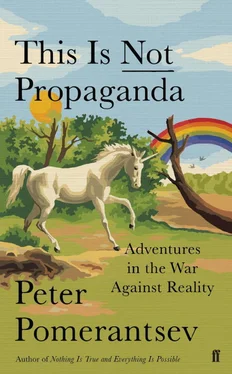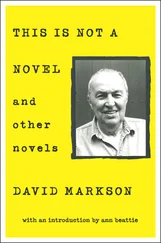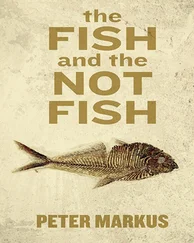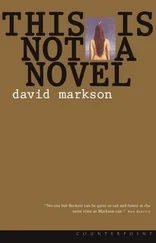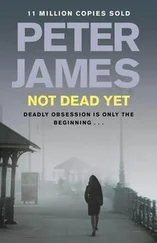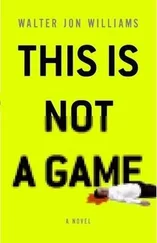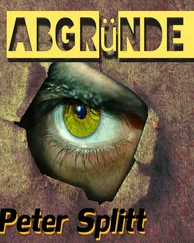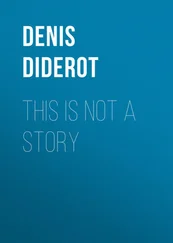This toilet humour is used to show how ‘anti-Establishment’ they are, their supposedly ‘anti-elitist’ politics expressed via the rejection of established moral and linguistic norms.
When dirty jokes are used by the the weak to poke fun at the powerful, they can bring authority figures back down to earth, give the sense that their rules can be suspended. [8] Bakhtin, Mikhail Mikhailovich, Rabelais and His World (Bloomington, IN: Indiana University Press, 1984).
That’s why dirty jokes have often been suppressed. In 1938, for example, my paternal great-grandfather went down to the cafeteria of the Kharkiv mega-factory where he worked as an accountant, had a drink, told a wisecrack about the balls of the Head of the Presidium of the Supreme Soviet, and was speedily reported on and arrested, perishing in a labour camp on the Volga river.
But when such language is used consistently by men of real power to degrade those who are weaker, this humour grows into something menacing: it lays the linguistic path to humiliating victims in other ways as well, to a space where all norms disappear.
As Rappler began to report on Duterte’s extrajudicial killings, the online threats became incessant. At one point there were ninety messages an hour: claims that Rappler was making up the deaths, that it was in the pay of Duterte’s enemies, that it was all fake news. The messages were like an infestation of insects, swarming into the email in-boxes and descending like a scourge onto the site’s community pages, which Rappler had curated with such care to enable what it hoped would be the Internet’s ‘wisdom of crowds’. Sometimes Rappler staff would check to see who was behind a rape threat: maybe it was an automated account? To their disappointment it would turn out to be a real person. People were enjoying this. Rappler journalists were shouted at in the malls: ‘Hey, you – you’re fake news! Shame on you!’ Relatives would admonish them too.
Maria bore the brunt of the attacks. Some were so stupid they just bounced off her, like the memes of her dressed in a Nazi uniform, or comments such as ‘Maria, you’re a waste of sperm. Your mother should have aborted you!’ Others got under her skin – literally. Her eczema had always been her weak spot. When the attackers started to taunt her about her skin condition, it would flare up without her having time to erect her psychological defences.
Her first instinct was to blame herself. Had she done something wrong? Misreported something? She checked all of Rappler’s output over and over but could find nothing. The hashtag #ArrestMariaRessa began to trend, as did #UnfollowRappler. The government launched a case against her. One of Rappler’s investors had been an American foundation, so the government charged the network with following foreign editorial instructions. Several of Rappler’s board members resigned; advertising plummeted. Maria started to walk around town with bail money on her. The first trial against Rappler ended up in the appeals court, where it was settled. And then, when the worst was thought to be over for Rappler, Maria got wind that another case was being prepared against her. [9] Ressa, Maria A., ‘Propaganda War: Weaponizing the Internet’, Rappler, 3 October 2016, updated 7 February 2019; https://www.rappler.com/nation/148007-propaganda-war-weaponizing-internet . Hofileña, Chay F., ‘Fake Accounts, Manufactured Reality on Social Media’, Rappler, 9 October 2016, updated 6 February 2019; https://www.rappler.com/newsbreak/investigative/148347-fake-accounts-manufactured-reality-social-media . Ressa, Maria A., ‘How Facebook Algorithms Impact Democracy’, Rappler, 8 October 2016, updated 6 February 2019; https://www.rappler.com/newsbreak/148536-facebook-algorithms-impact-democracy .
During all the attacks on Rappler, Maria’s managing editor, Glenda Gloria, seemed to me to be the most serene person in the newsroom. Perhaps it’s because she has seen it all before. Glenda remembers the Marcos years. In the 1980s she’d been a student journalist covering the regime’s torture of opposition figures. Her boyfriend had been arrested for running a small independent printing press and had had electrodes connected to his balls. Torture sessions combined the psychological and the physical; the ultimate aim was not merely to brutalise but to break. Professor Alfred McCoy of the University of Wisconsin–Madison, who has studied the psychological torture techniques of the CIA and US client states during the Cold War, relates the story of Father Kangleon, a priest falsely accused of subversion and cooperating with Communists who was denied sleep and daylight for over two months. At the denouement of his interrogation he was blindfolded, led into a new cell and sat down on a stool. He could hear a series of people coming in. Then different voices taunted him in a pre-planned piece of theatre which, when I read it in 2018, almost anticipates the taunts of anonymous trolls on social media: [10] McCoy, Alfred W., A Question of Torture: CIA Interrogation, from the Cold War to the War on Terror (New York: Owl Books, 2006), pp. 79–80.
‘Father, what’s the name of the sister you met with at Sacred Heart College?… You are fucking her? How does it feel?’
‘For me he is not a priest. Yes, your kind is not worthy of respect of a priest.’
‘OK, take off his shirt. Oh, look at that body. You look sexy. Even the women here think you are macho. You are a homosexual?’
After this, the interrogation became more physical:
‘Let’s see if you are that macho after one of my punches.’ (A short jab was delivered below the ribs.)
‘Hey, don’t lean on the table. Place your arms beside you. That’s it.’ (Another jab.)
‘Take the stool away.’ (He stood up and was hit behind the head, he started to cower, then more blows…)
After he agreed to cooperate, Kangleon was taken to a TV station and forced to say on air that he had helped Communist insurgents, naming other clergy supposedly involved in the insurrection.
Under Marcos, remembers Glenda, the government had agents in every university, every farm, church, office. They would go around and tell your colleagues, your neighbours, your friends that you were a Communist – even if you were not – destroying your reputation with a whispering campaign before they came to arrest you. Marcos grouped the media into ‘proper’ journalists and ‘Communists’, so every critic was dismissed as a ‘Commie’.
‘The psychological warfare that Marcos mastered is very similar to what is happening now,’ Glenda tells me. ‘The difference is, Duterte doesn’t have to use the military to attack the media. How is it made possible? With technology.’
After Marcos was overthrown, the new Filipino democracy was far from perfect: human rights abuses continued; journalists’ lives, especially in the provinces, were cheap. [11] Conde, Carlos H., ‘Aquino’s Last Chance on Human Rights’, Human Rights Watch, 27 July 2015; https://www.hrw.org/news/2015/07/27/aquinos-last-chance-human-rights . Mydan, Seth, ‘Aquino Said to Condone Human Rights Abuses’, New York Times, 18 June 1988; https://www.nytimes.com/1988/06/18/world/aquino-said-to-condone-human-rights-abuses.html .
But unlike most of his predecessors, who tried to obfuscate the abuses under their rule, who at least pretended to abide by some rules, Duterte exults in his extrajudicial killings, celebrates his attacks on journalists. He is also rehabilitating Marcos. Duterte had his body exhumed and gave him a military burial with full honours. He formed a political alliance with his son, Ferdinand ‘Bongbong’ Marcos, who still controlled his father’s old stronghold in the country’s north. A drip of videos appeared online, absolving Marcos of his crimes in the 1970s, claiming it was just rogue elements in his army who had killed and tortured…
Читать дальше
